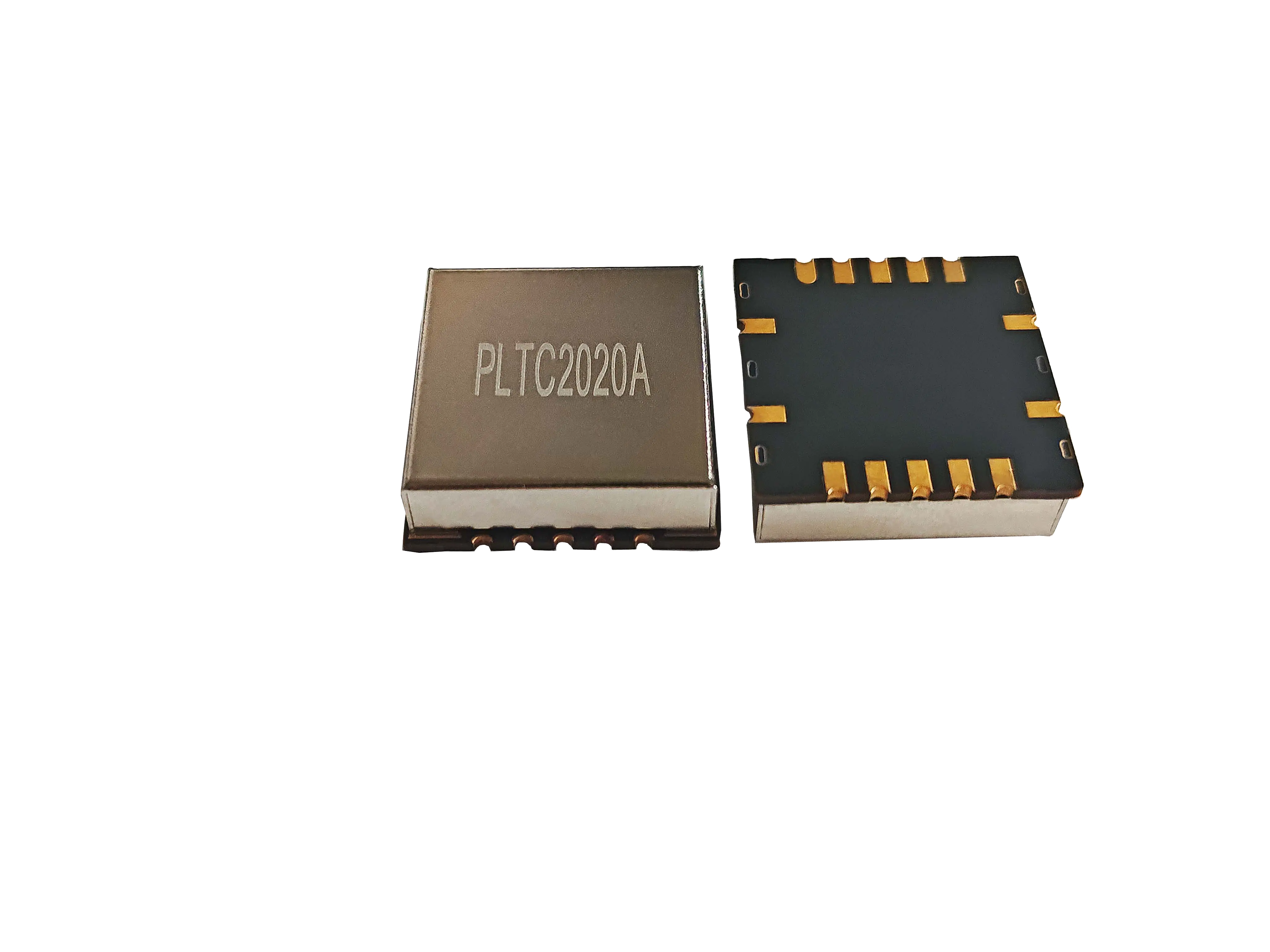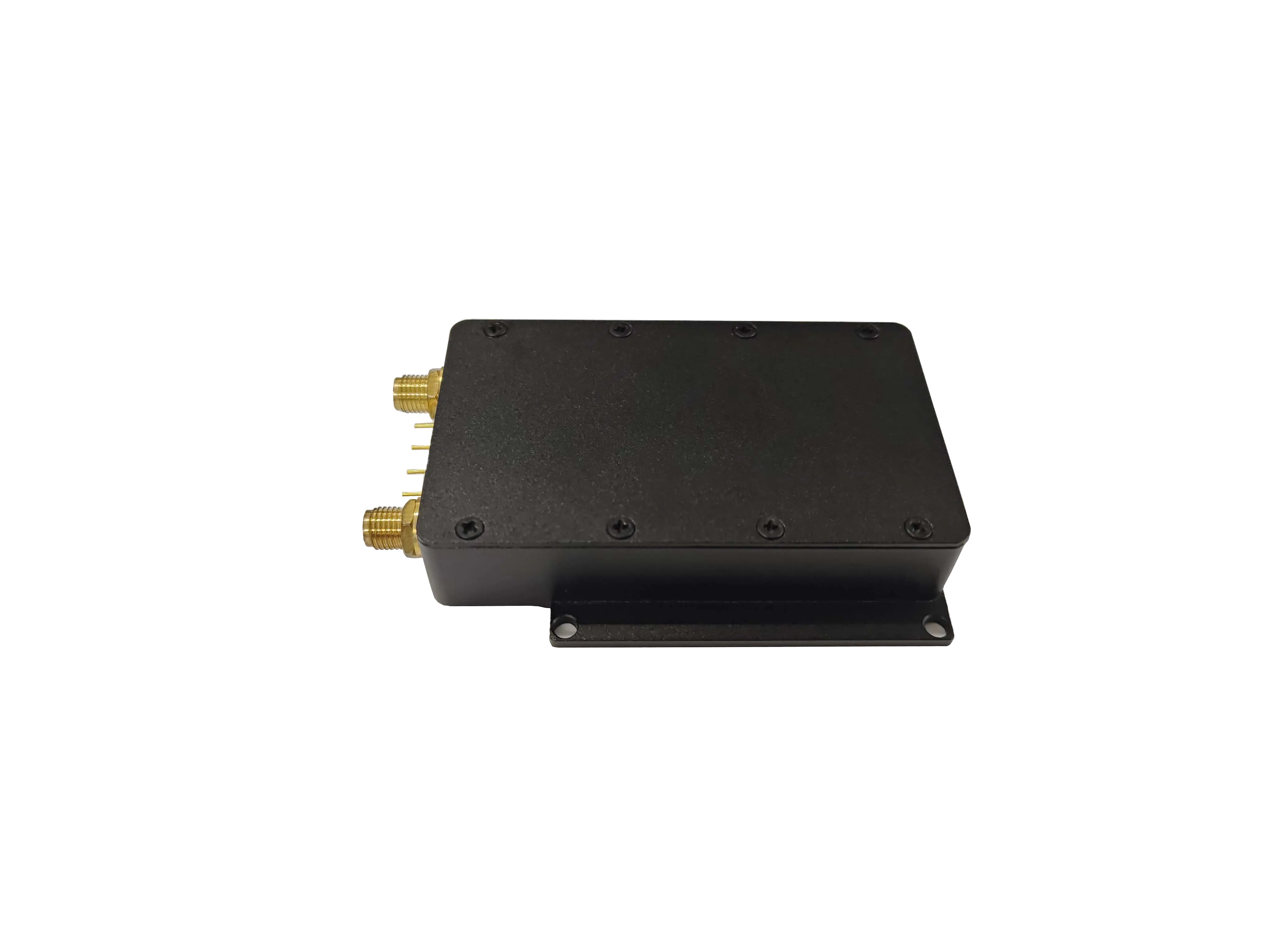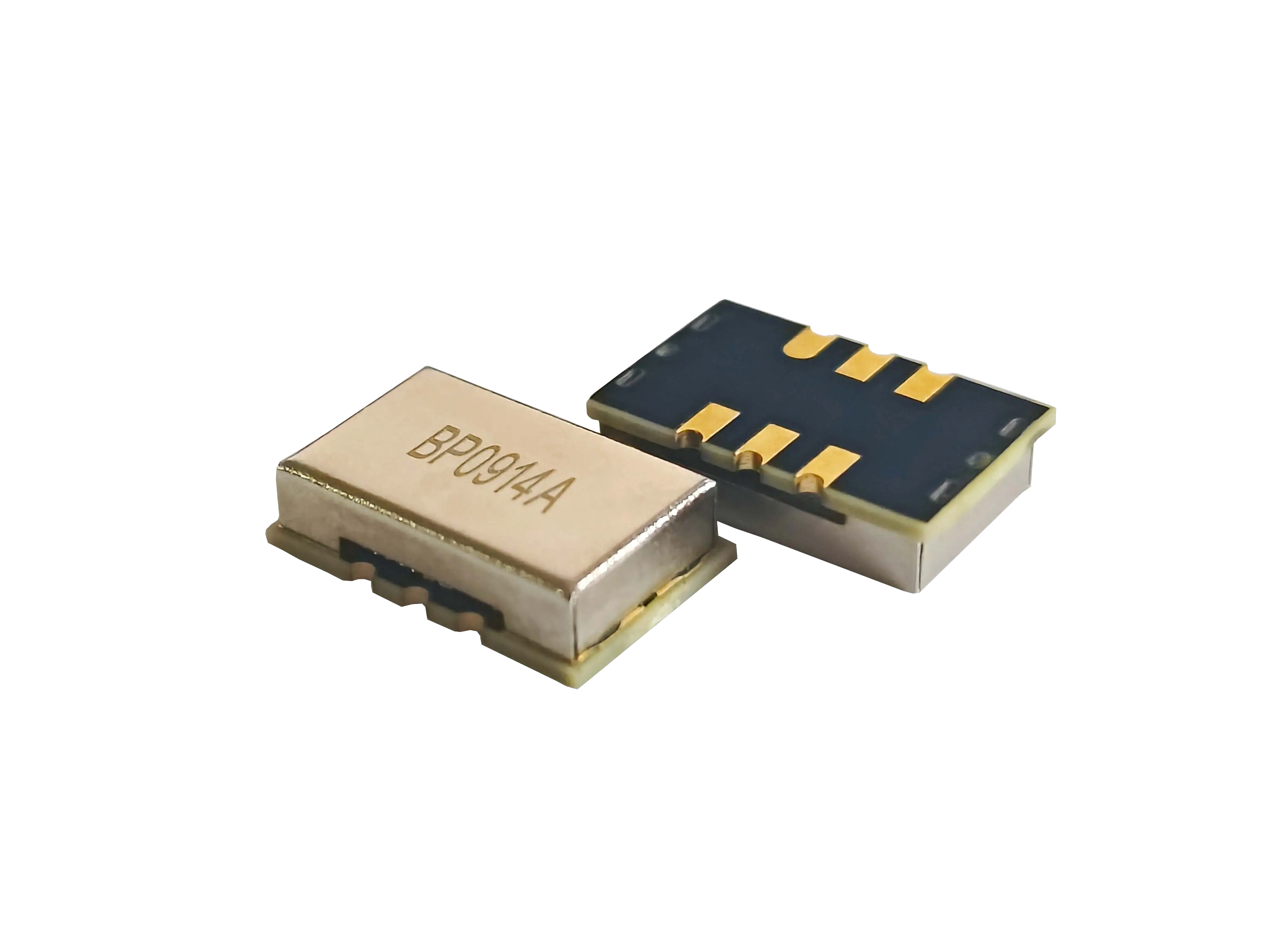
The Phase Locked Module (PLM) is a precision electronic component designed to synchronize the phase of an output signal with a reference signal. Ideal for applications requiring high stability and accuracy, the PLM ensures optimal performance in communication systems, signal processing, and instrumentation. Its robust design guarantees reliable operation in demanding environments.
Phase Locked Modules (PLMs) are essential components in electronic systems that require precise frequency synchronization. At their core, PLMs use a phase-locked loop (PLL) to lock an output signal’s phase and frequency to a reference signal. This process ensures high stability and low phase noise, which are critical for applications like telecommunications, satellite communications, and radar systems. The PLL typically consists of a phase detector, a low-pass filter, and a voltage-controlled oscillator (VCO). By continuously comparing the output signal with the reference, the PLL adjusts the VCO to maintain synchronization, resulting in reliable and accurate signal generation.
Phase Locked Modules (PLMs) play a pivotal role in modern telecommunications by ensuring precise frequency synchronization and stability, which are essential for reliable communication. One of the primary applications of PLMs is in frequency synthesis, where they generate stable and accurate frequencies required for various communication channels. This is crucial for cellular networks, where multiple frequencies must be managed efficiently to avoid interference and ensure clear signal transmission.
In addition, PLMs are integral to clock recovery systems in digital communications. They help in extracting timing information from data streams, ensuring that data is accurately received and processed. This is particularly important in high-speed data transmission, where even minor timing errors can lead to significant data loss or corruption.
PLMs also enhance the performance of modulation and demodulation processes in both analog and digital communication systems. By maintaining phase coherence, they improve signal quality and reduce errors, which is vital for applications such as satellite communications, broadband internet, and wireless networks.
Overall, the reliability, precision, and stability provided by Phase Locked Modules make them indispensable in the ever-evolving field of modern telecommunications.
Phase noise refers to the short-term fluctuations in the phase of a signal. Low phase noise is important for maintaining signal clarity and reducing errors in communication systems.
A PLM typically consists of a phase detector, a low-pass filter, and a voltage-controlled oscillator (VCO). It continuously compares the output signal with a reference signal and adjusts the VCO to maintain synchronization.
Frequency stability ensures reliable and accurate signal transmission, which is crucial for applications like telecommunications and satellite communications where signal integrity is paramount.
PLMs help manage multiple frequencies efficiently, avoiding interference and ensuring clear signal transmission, which is essential for the reliable operation of cellular networks.
 English
English français
français Deutsch
Deutsch Español
Español русский
русский





